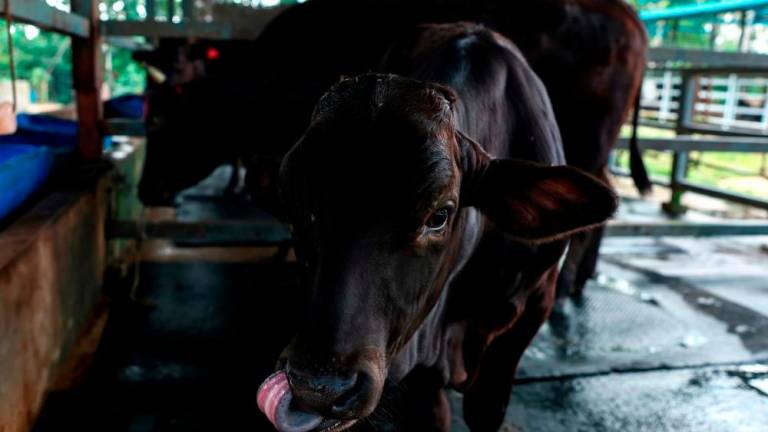PETALING JAYA: As temperatures soared to unprecedented heights last month, the EU Copernicus Climate Change Service officially recognised March as the world’s hottest month since 1850.
“It was a culmination of a 10-month streak of relentless global heat waves, which also saw Malaysia enduring extreme heat with temperatures reaching a high of 33°C in March,” said East Coast Environmental Research Institute fellow and researcher Dr Azimah Ismail.
“The average temperature in March remained between 26°C and 33°C, which indicates a persistent tropical heat prevalence in the region. The overall warm conditions were caused by high humidity levels.”
ALSO READ: High temperatures expected in 14 areas nationwide in the next three days - MetMalaysia
Azimah said the current intermittent rains and monsoon transition phase, which started at the end of March and extends to May, will see Malaysia experiencing thunderstorms with heavy rain and strong winds.
“The record-breaking March heat will influence weather patterns in the months ahead, particularly during the monsoon transition. So while the extreme heat may be over, we will now experience heavy rains, strong winds and flash floods,” she said.
Azimah blamed greenhouse gas emissions and industrialisation for climate change, and warned that global leaders have to take the issue far more seriously before matters worsen.
“Hotter seas will produce more moisture in the atmosphere, leading to increasingly erratic weather, including strong winds and heavy rain. It also increases the danger of mass coral bleaching events.
“Last month, marine scientists warned that a mass bleaching was already unfolding in the southern hemisphere and could be the worst in the planet’s history,” she said.
Bleaching happens when coral, which provides an important ecosystem for underwater life and protects coastal areas by reducing the strength of waves, gets stressed and turns white because the water it lives in is too hot.
While coral may not die when it bleaches, they are under more stress and are subject to mortality. In 2005, the US lost half of its coral reefs in the Caribbean in one year due to a massive bleaching event.
Azimah said the oceans cover 70% of the planet and help keep the climate liveable by absorbing 90% of the excess heat caused by carbon dioxide and methane gas emissions produced by the burning of coal, oil and natural gas.
“This trajectory will not change until concentrations of greenhouse gasses in the atmosphere stop rising. The potential implications of a prolonged period of higher temperatures may cause heat stroke and dehydration to be more common.”
Azimah said extended heat waves also hurt the environment and would lead to wildfires, droughts and ecosystem changes.
“Heat waves can trigger significant changes in ecosystems, impacting plant and animal life and altering ecological processes.
“Plants may experience heat stress, reduced growth rates, and increased susceptibility to pests and diseases, leading to changes in vegetation composition and distribution.
“Similarly, animals may face challenges in finding food and water sources, and some species may be forced to migrate or adapt to new habitats to survive, affecting the balance of ecosystems and biodiversity,” she said.
Azimah stressed the importance of reducing greenhouse gas emissions, especially those stemming from human activities such as industrial processes, vehicular emissions, and open burning.
“The adoption of renewable energy sources in residential areas, such as rainwater harvesting systems, is among the crucial measures in addressing this issue.
“The production of electric vehicles is one of the moves forward that has been implemented by the government to reduce carbon emissions. But more needs to be done,” she said.
READ MORE: Tourists throng to Penang for Aidilfitri holiday despite hot temperatures










